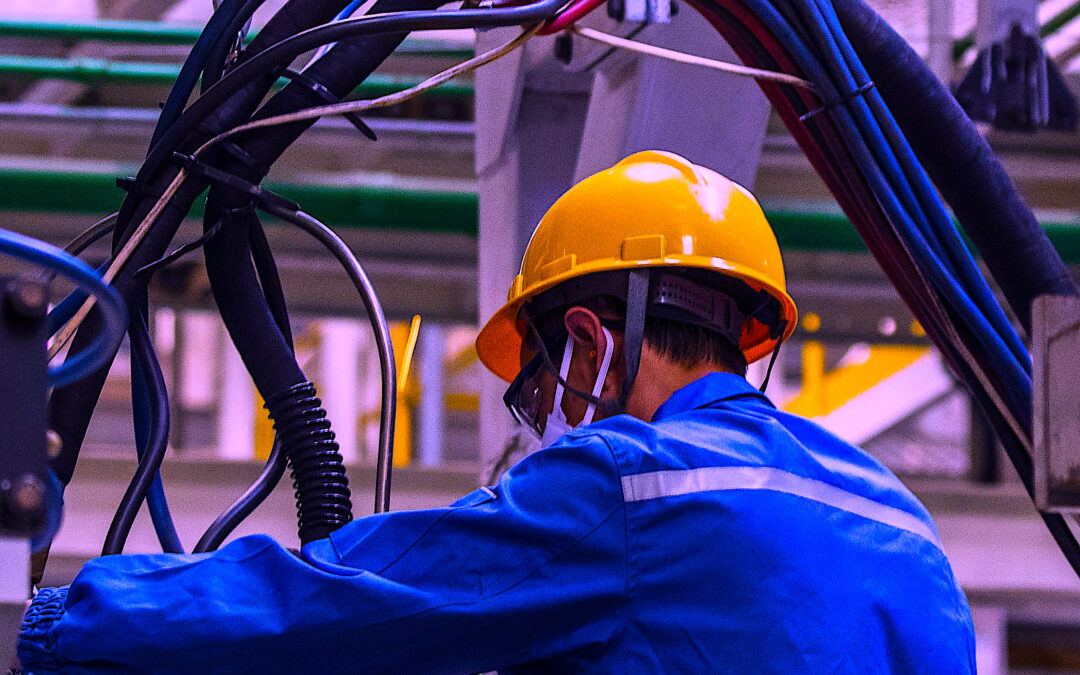If there were ever a time to get serious about lean manufacturing, it’s now. The vision of doing more with less of everything may very well be the new reality in our upside-down, post-pandemic world. But it’s not going to be easy for some businesses that embarked on a lean journey and stumbled. On the other hand, there’s some hope out there. it’s based on decades-long successes where the common sense of lean manufacturing became common practice.
Over the past 40 years or so, we’ve seen (and experienced) many improvement initiatives passed through our plant doors. One of the most pervasive of these is what we called “lean manufacturing,” then “lean enterprise.” To some in industry, the term “lean” became a four-letter word because, after all the time and energy they spent, there was little to show. Yet to others, “lean” became a new way of life, new work culture, new corporate culture. Some matured so well in lean that the practices, mindsets, and behaviors are now pervasive. For them, the term “lean” is irrelevant. The label is gone.
The situation with lean has been a problem with improvement programs in America for decades. They’re often seen as just that: PROGRAMS. They typically start with a big splash that’s followed by lots of activities (and distractions, according to some plant personnel). Once a critical mass of the organization has implemented all of the lean tools, this box gets checked: “We did lean.”
When I started my own lean journey, it wasn’t called “lean.” That label began making waves in 1990, with the publication of The Machine That Changed the World, by James P. Womack, Daniel T. Jones, and Daniel Roos, which was based on MIT’s $5 million, five-year study on the future of the automobile. To be precise, “lean” was first used to describe Toyota’s business during the late 1980s. John Krafcik, a member of a research team that Womack headed in MIT’s International Motor Vehicle Program (IMVP), coined the term in this Fall 1988 article published by MIT’s Sloan Management Review: “Triumph of the Lean Production System.” (Click here to read it.)
Why do I get so fired up about lean manufacturing? There are two big reasons. 1) Manufacturing requires equipment, people, and work processes to transform raw materials into finished goods. 2) Lean manufacturing requires reliable equipment, people, and work processes. The foundation of the lean journey, the starting point, the very beginning strategy is to stabilize the operation. It’s not about six sigma or 5S. It’s not about kaizen or just-in-time. It’s not about takt time or error proofing. Those are advanced tools.
Lean manufacturing begins with making equipment do what it’s supposed to do and driving out variation in how that equipment performs. The fundamentals of doing just that means driving out human variation in the way equipment-related things get done. Translation: Standardize highly variable equipment-related work processes before improving them. That also means everybody who touches the equipment must (yes “MUST”) do his/her task and make their decisions exactly the same way. To be clear, if you can’t standardize it, you can’t improve it. How is it possible to make improvements if people are doing equipment-related tasks their own way? Standardization provides a stable foundation upon which to make rapid and sustainable improvements.
Countless RAM professionals have traveled the old “lean” road. Many have survived, others have thrived. Now, though, is the time to dust off the proven roots of REAL lean manufacturing and make the approach deliver the way it was intended.TRR
ABOUT THE AUTHOR
Bob Williamson is a long-time contributor to the “people-side” of the world-class-maintenance and manufacturing body of knowledge across dozens of industry types. His vast background in maintenance, machine and tool design, and teaching has positioned his work with over 500 companies and plants, facilities, and equipment-oriented organizations. Contact him directly at 512-800-6031 or bwilliamson@theramreview.com.
Tags: reliability, availability, maintenance, RAM, asset management, skills development, on-the-job training, supply-chain issues, training and qualification, professional development



